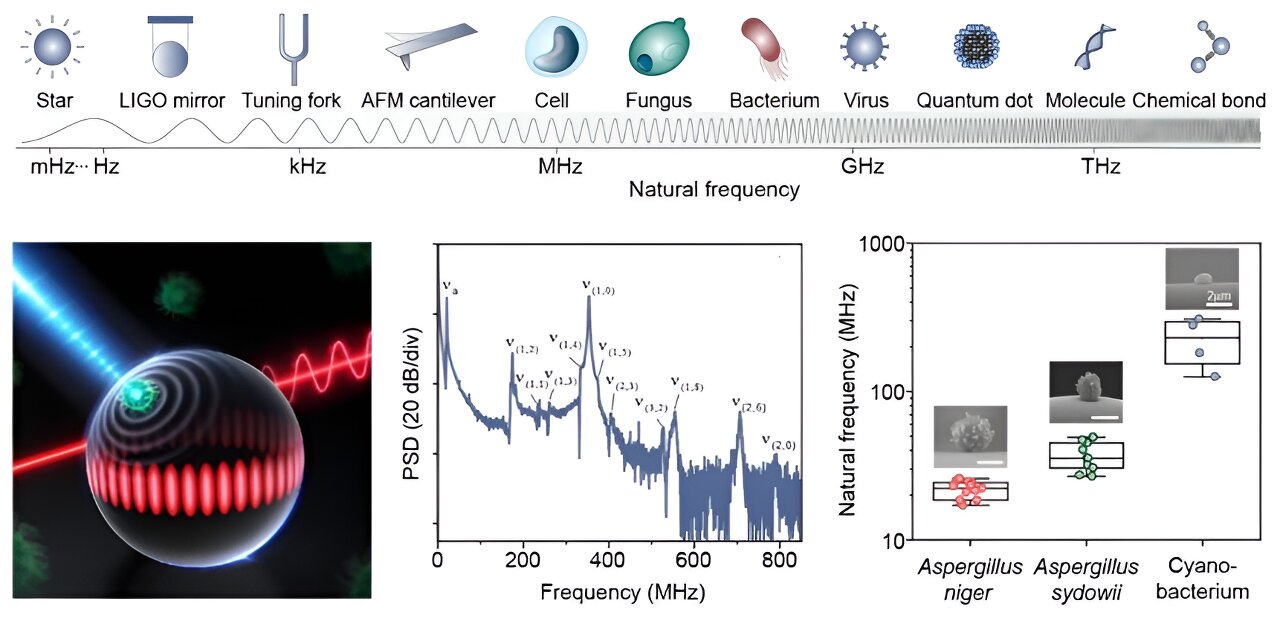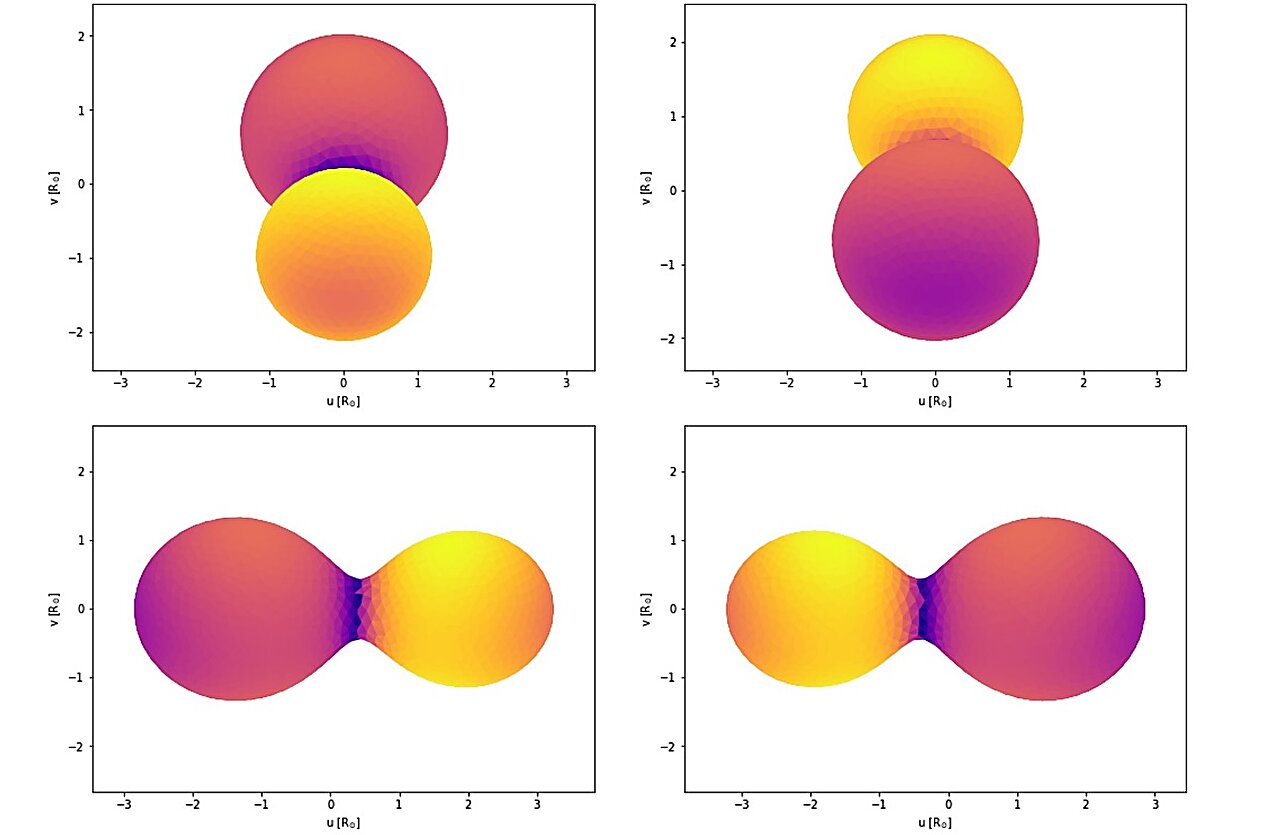Did you know that Pythagoras first discovered the incredible power of vibrations in strings at certain frequencies? This discovery forms the foundation of our tone system. These natural vibrations exist in objects of all sizes and are used to determine their species, constituents, and morphology. For example, molecular vibrations at a terahertz rate are commonly used to identify chemicals and analyze large biomolecules.
Recently, there has been a growing interest in the natural vibrations of particles at the mesoscopic scale. This category includes a wide range of functional particles, as well as most biological cells and viruses. However, these vibrations have remained hidden from existing technologies.
These particles, ranging in size from 100 nm to 100 μm, are expected to vibrate at megahertz to gigahertz rates. Unfortunately, current spectroscopy techniques are unable to resolve frequencies in this range due to scattering and degradation of performance.
In a groundbreaking study published in Nature Photonics, Professor Xiao Yunfeng and his team at Peking University have demonstrated the real-time measurement of natural vibrations of single mesoscopic particles using optical microresonators. This extends the reach of vibrational spectroscopy to a new spectral window.
The working principle of microresonator-based vibrational spectroscopy is as follows: by placing the particle onto a high-Q optical microresonator and using a short laser pulse to heat the particle, its vibrations generate acoustic waves within the microresonator, perturbing its optical mode.
During the experiments, the researchers deposited mesoscopic particles on a silica microspherical resonator and used a pulsed laser to stimulate their vibrations. The vibrations were detected in real-time by monitoring the power of the transmitted laser. By analyzing the temporal responses, the researchers obtained the vibrational spectra of the particles.
This innovative technology was successfully verified using particles of different constituents, sizes, and internal structures. The results showed an unprecedented signal-to-noise ratio and a detection bandwidth over 1 GHz.
With this breakthrough, the team was able to perform biomechanical fingerprinting of microorganisms at the single-cell level. They discovered that the natural frequencies of microbial cells of the same species form unique fingerprints due to their highly defined and stable morphology.
“This vibrational spectroscopy enables us to study the structures and mechanical properties of particles in a non-destructive way. It provides valuable insights into the species and living states of cells,” said Dr. Xiao Yunfeng, a Boya Professor at Peking University.
This technology has the potential to revolutionize our understanding of the mesoscopic world with unprecedented precision. It opens up new possibilities for studying biological systems at the single-cell level and making groundbreaking discoveries in various scientific fields.








